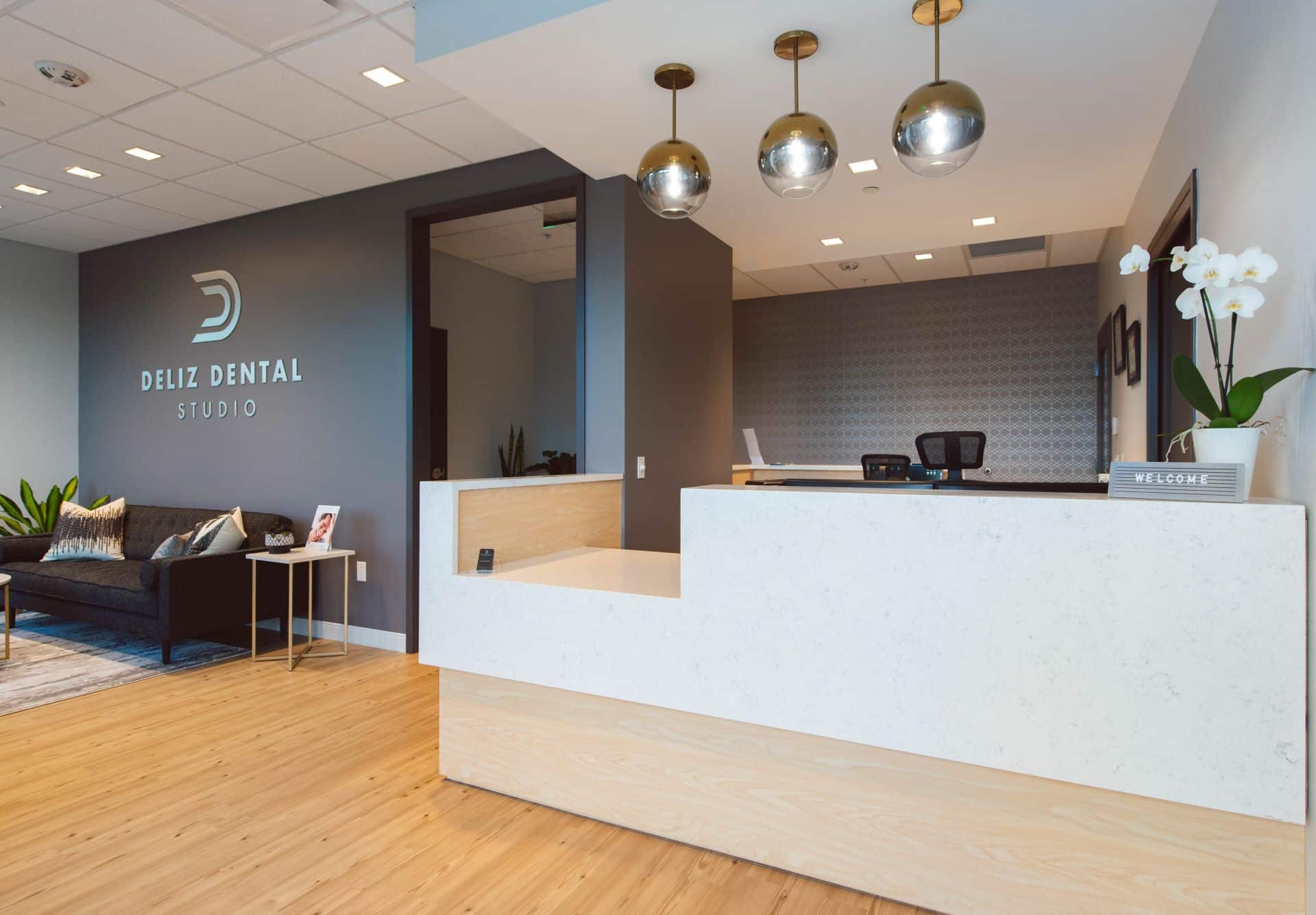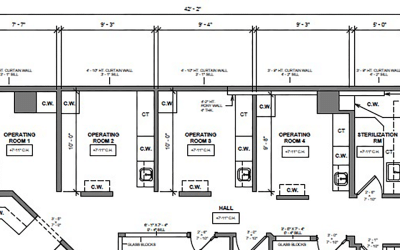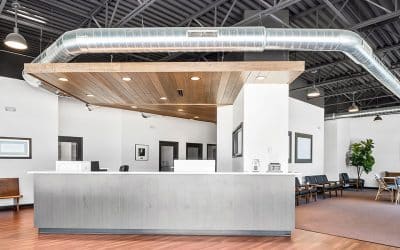I live in Florida. From Thanksgiving to Easter, the population of Florida grows 5%. Each year, nearly 900,000 “Snowbirds” travel from above the Mason Dixon line to warm, sunny Florida. Before heading south, the Snowbirds go through rigorous checklists preparing their home from the effects of a harsh winter - called “winterizing”. No one could have predicted a pandemic. But it is here. In an effort to keep our dental equipment safe and conserve energy, we must prepare our dental practices for a possible shut down for an extended period of time - in essence, winterize them (or at least parts of them).
My suggestion is to keep up to 2 operatories per doctor open during this time of limited treatment mandates - where many offices around the country are open “for emergencies only”.
To completely shut down any remaining operatories, follow these instructions :
- Empty water from your dental units.
- Empty water bottles from your dental units
- Put bottles back on
- Purge water lines
- Remove bottles
- Let air dry
Remember: shock lines before using the unit again. I will walk you through this process when the dust settles.
- Shock vacuum lines which removes synthetic debris and proteinaceous deposits from dental vacuum lines.
- Replace sediment filters
- Remove and replace plastic trap
If your dental practice is open for emergency dental care, don’t shut down your milling unit. You can restore a broken tooth if pain is present.
If you DO end up shutting the entire practice down completely:
- Express airlines in operatories and in the lab
- Clean and drain autoclaves. Do not replace distilled water
- Clean model trimmer
- Run water for 15 minutes while trimmer is on
- Clean any stone or build up on trimmer
- Power down computers, server and monitor screens
- Power down all televisions and unplug
- Power down and unplug CBCT, Pan/Ceph machine
- Drain water from CMA dishmachine and leave open to air dry
In case you haven’t heard, here are some examples of urgent dental care treatments, which should be treated as minimally invasive as possible, include:
- Severe dental pain from pulpal inflammation
- Pericoronitis or third-molar pain
- Surgical postoperative osteitis or dry socket dressing changes
- Abscess or localized bacterial infection resulting in localized pain and swelling
- Tooth fracture resulting in pain or causing soft tissue trauma
- Dental trauma with avulsion/luxation
- Dental treatment cementation if the temporary restoration is lost, broken or causing gingival irritation
Remember to always follow your state or local government issues policies. Do what you can to keep you, your staff, your family and your community safe.
Just know you are not alone. We are all in this together and God willing, we are all going to get out of this together - and once that happens, you need to be ready for the flurry of patient needs. Stick with me over the next few weeks and I’ll help to get you prepared.





